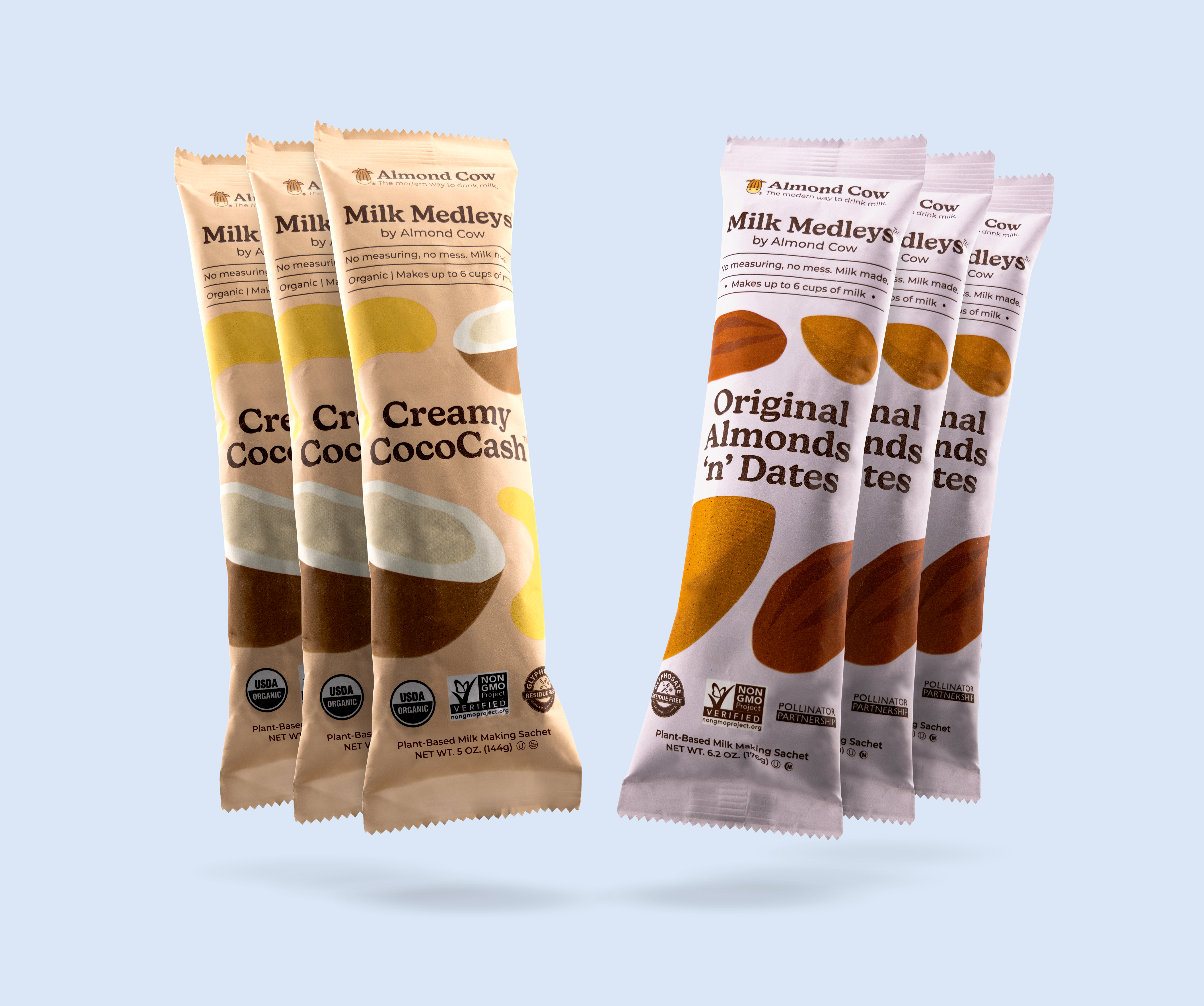
Exploring Biodegradable Polymers: Advantages of Eco-Friendly Plastics
5 Minutes
In recent years, the detrimental impact of traditional plastics on the environment has become increasingly evident. However, advancements in technology have given rise to a new class of materials known as biodegradable polymers. In this blog post, we will delve into what biodegradable polymers are and why they are often regarded as a "good plastic." Let's explore the unique properties and benefits that make biodegradable polymers a promising alternative to conventional plastics.
What are Biodegradable Polymers?
Biodegradable polymers, also referred to as biopolymers, are a type of plastic derived from renewable sources such as plants, bacteria, or algae. These polymers are designed to break down naturally through the action of microorganisms in the environment, ultimately returning to the ecosystem as harmless byproducts. Biodegradable polymers can be used to create a wide range of products, including packaging materials, disposable cutlery, agricultural films, and more.
What makes a bioplastic a plastic?
Plastic has many definitions, but the one used in the packaging industry is that anything that is made from polymers that have "plasticity" (aka the ability to be easily formed into a new shape) are plastics. This definition is very broad, so let's explore why not all plastics are created evil.
Advantages of Biodegradable Polymers:
- Reduced Environmental Impact: One of the primary advantages of biodegradable polymers is their reduced environmental footprint. Unlike conventional plastics, which can persist in the environment for hundreds of years, biodegradable polymers break down relatively quickly, minimizing the accumulation of plastic waste.
- Renewable Resource Utilization: Biodegradable polymers are typically derived from renewable resources such as cornstarch, sugarcane, or cellulose. By utilizing these sustainable feedstocks, the production of biodegradable polymers reduces reliance on fossil fuels, contributing to a more environmentally friendly and sustainable future.
- Decreased Pollution: Traditional plastics, when improperly disposed of, can release harmful pollutants into the soil and water bodies. Biodegradable polymers, on the other hand, undergo a natural degradation process, which significantly reduces the risk of pollution. This characteristic is particularly beneficial in applications such as agricultural films, where plastic residues can otherwise contaminate the soil.
- Versatility: Biodegradable polymers offer a wide range of applications and can be tailored to meet specific needs. They possess similar physical and mechanical properties to conventional plastics, making them suitable for various industries. From food packaging to medical devices, these materials can serve as a viable alternative without compromising functionality.
- Waste Management: Biodegradable polymers can contribute to more efficient waste management practices. When disposed of in proper composting facilities, these materials can be broken down and converted into compost, enriching the soil and closing the loop of a circular economy.
Limitations and Considerations:
While biodegradable polymers offer several advantages, it is crucial to consider their limitations and ensure proper usage:
- Controlled Environment for Degradation: Biodegradable polymers typically require specific environmental conditions, such as the presence of oxygen and appropriate temperature and humidity levels, to degrade effectively. Inadequate conditions may hinder the degradation process and limit their benefits.
- Recycling Challenges: Biodegradable polymers, especially those made from mixed materials or composite structures, can pose challenges in recycling. To maximize their sustainability potential, it is essential to establish efficient recycling systems that can effectively handle these materials.
Biodegradable polymers, which makes up our new Milk Medleys packaging, represent a promising solution to the environmental challenges posed by traditional plastics. With their reduced environmental impact, utilization of renewable resources, and potential for efficient waste management, these materials offer a pathway towards a more sustainable future. However, it is crucial to continue research and development efforts to improve their performance, optimize recycling processes, and ensure proper disposal methods. By adopting biodegradable polymers, we can reduce plastic pollution and contribute to a cleaner, healthier planet for future generations.
